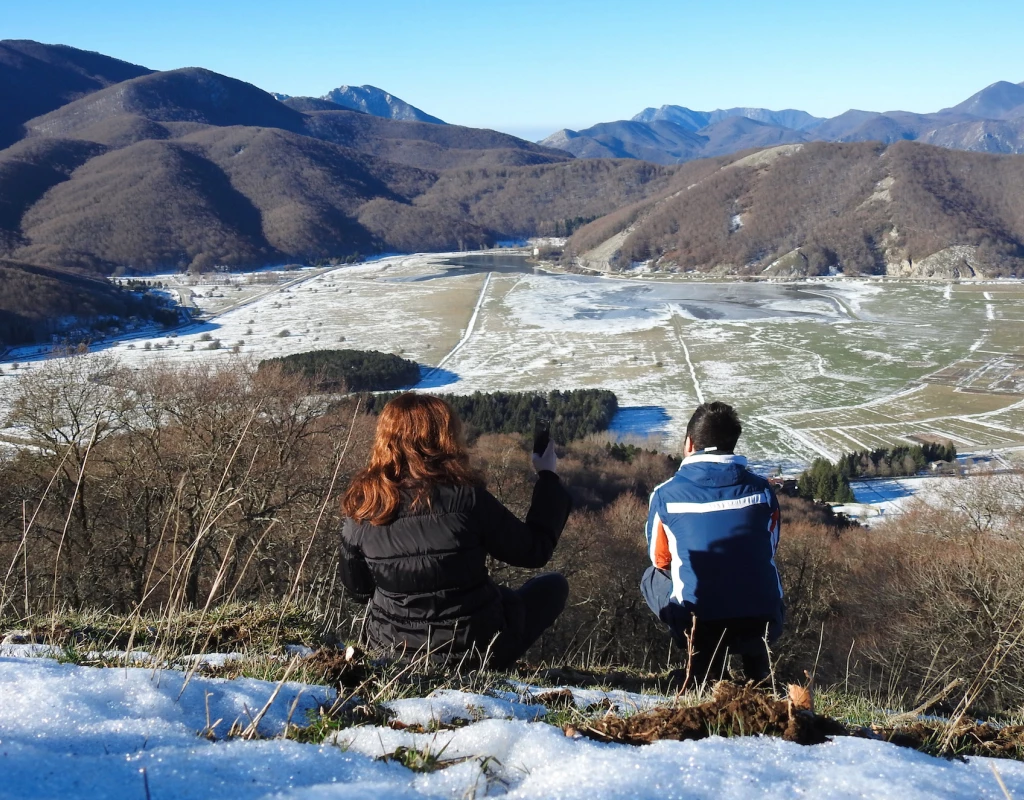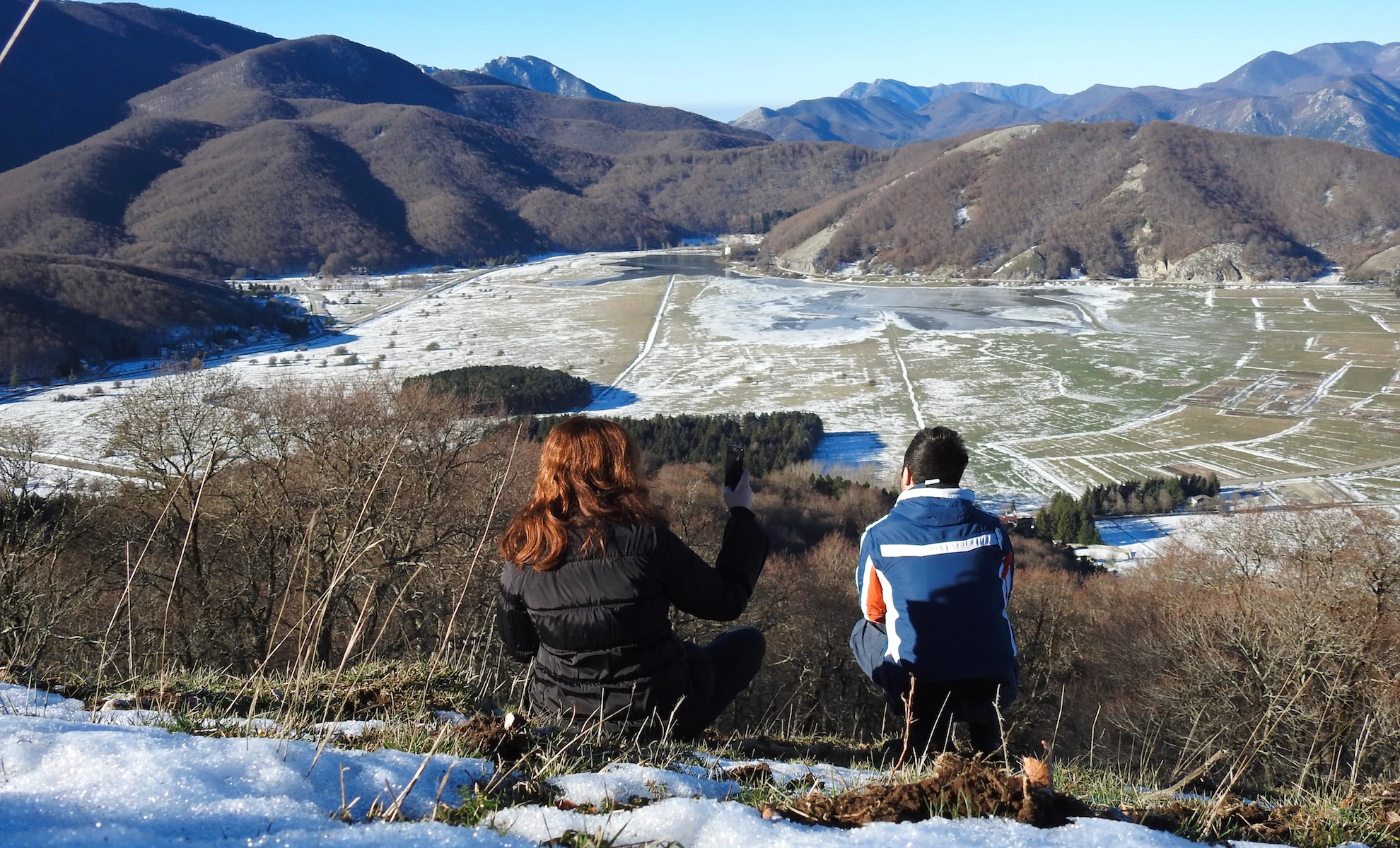When you leave the highway to reach Lake Laceno, the drive by car to Bagnoli Irpino is already a promise of beauty. The dense and pungent silence takes you to another dimension, where there is no place for chaos or restlessness.
If you want to admire the Laceno Lake from above you must walk a path in the wood | Ph. Raffaele Imondi
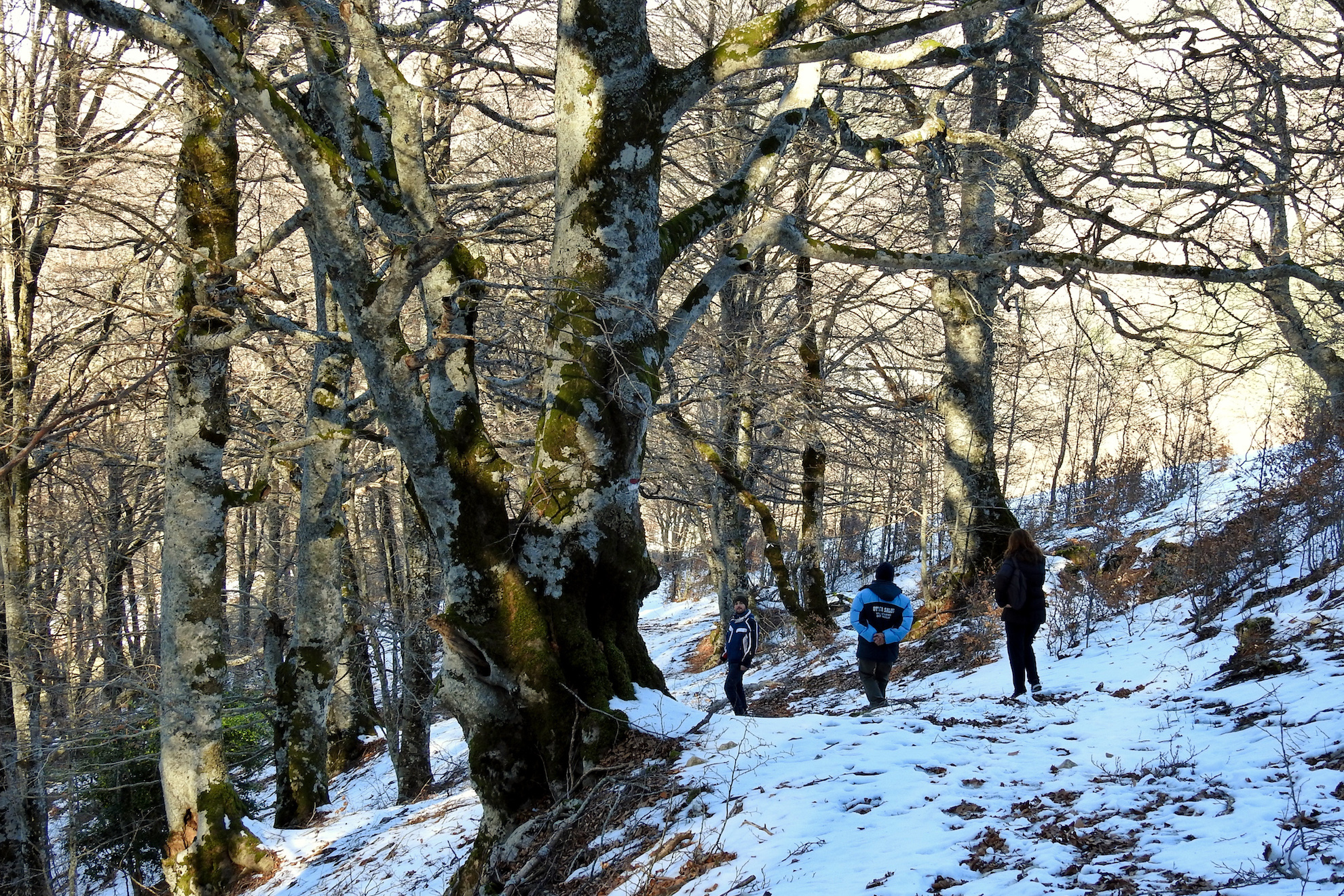
The buzzard standing on a bare beech, which runs away as soon as you try to photograph it, warns you that here, in the mountains of Irpinia, it is nature that dictates the rhythm and man can do nothing but adapt. The lake is an expanse of ice with autumn shades. The cold has created a light and transparent veil that reflects the light of the sun and lights up the colours of the vegetation: lots of brown and some splashes of green that strenuously resist the cold.
A buzzard | Ph. Raffaele Imondi

A grey heron | Ph. Raffaele Imondi
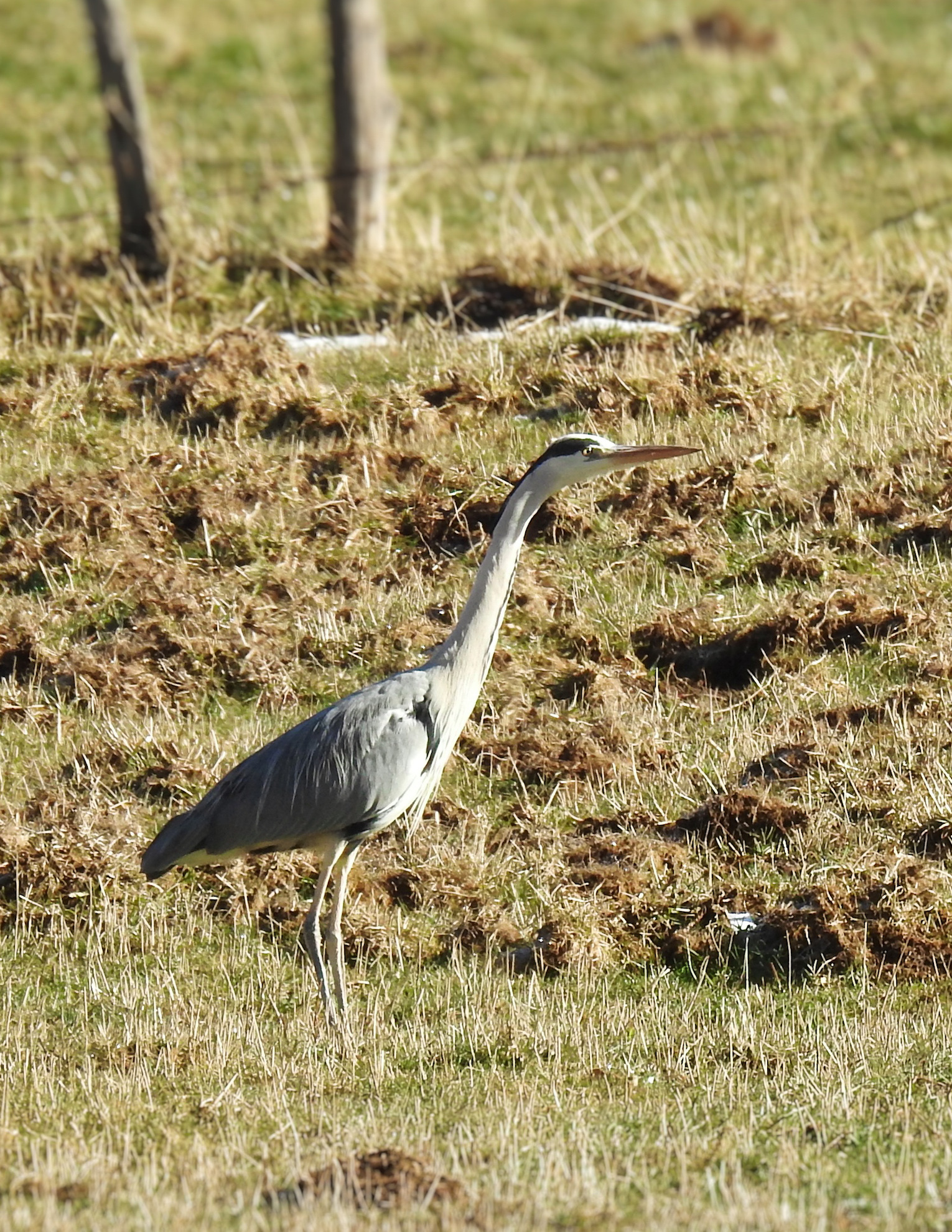
The snow and ice evoke childhood fairytales. Hans and Gretel sliding on the Dutch canals with their wooden skates, free and happy. Some particularly courageous girls face the cold by running with short sleeves along the edge of the lake, warmed by the embrace of the surrounding mountains: the Terminio, the Cervialto, the Cervarolo and the Rajamagra.
How many stories nestle among the valleys and hidden paths of the mountains of Lake Laceno. Listening to these stories told by Lorenzo Nicastro, while walking together on a snowy path up to the Belvedere, is an experience that ignites the imagination.
A fox prowls on the edge of the lake | ph. Raffaele Imondi

«Once upon a time in Bagnoli Irpino there was a shepherdess named Tronola, with onyx eyes and an ebony smile. When she walked, men and things looked at her and everyone seemed happy. When she sang, the nightingales began to listen to her and all the valleys provided the muted echo and chorus. For a year not a drop of rain fell, nor a blade of grass grew in the mountains. The cattle floundered on the land and everyone was dismayed by the spectre of misery. But the shepherdess went to the plateau and started walking before the sheep. Then a wonderful event occurred. As soon as she passed over the ground, the clover and the sainfoin sprouted, wherever one looked, the earth was covered with grass for the cattle...».
Among the most beautiful of the southern Apennines, the Laceno landscape, nicknamed the Alpe della Campania, has inspired writers and poets. Jacopo Sannazaro, who stayed there for a short period at the end of the 15th century, Pier Paolo Pasolini.
The frozen lake | Ph. Raffaele Imondi
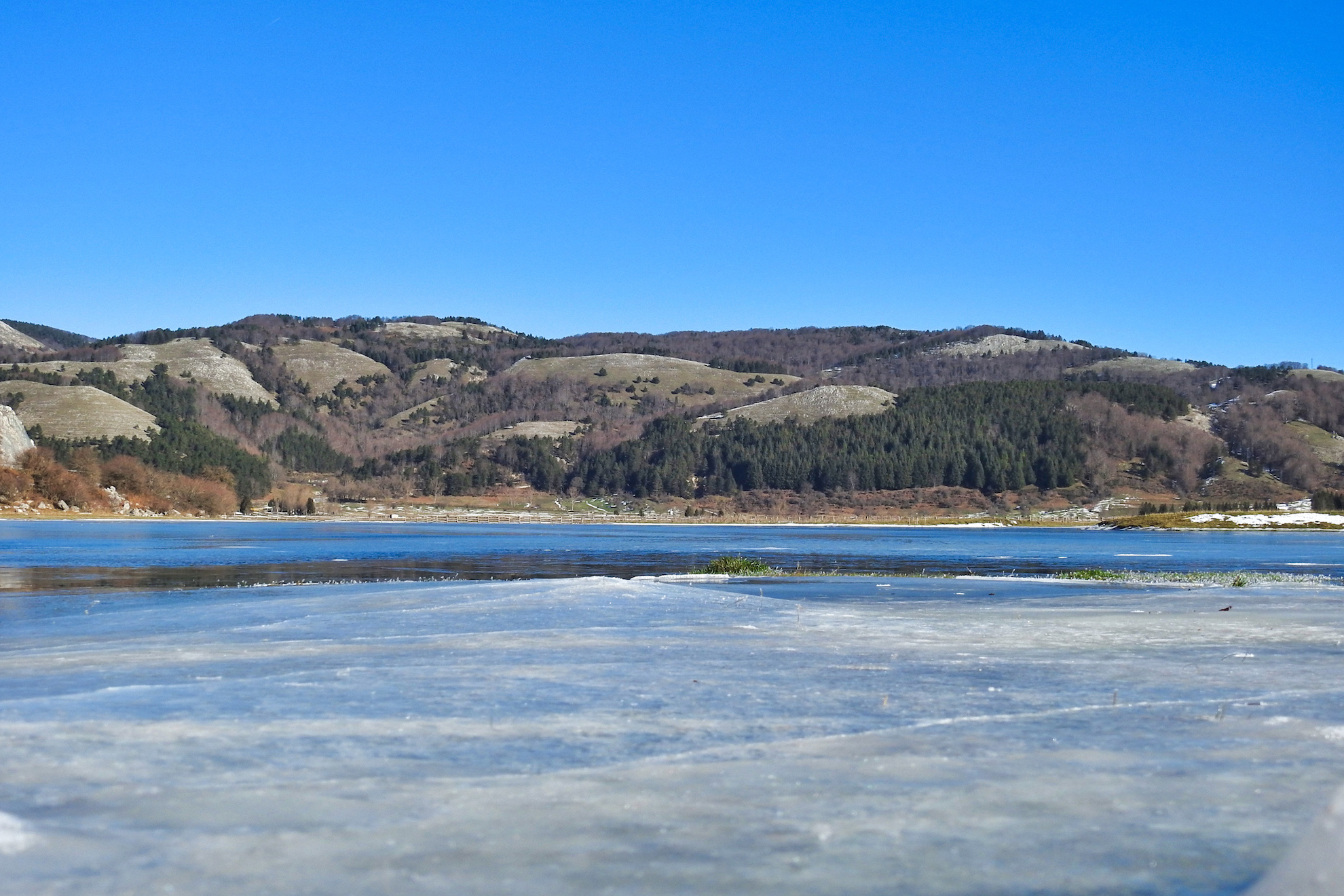
And finally Giustino Fortunato arrived on foot and described the experience in the famous work dedicated to the crossing of the Partenio: «At 9 o’clock we were on Piano di Laceno, which measures an area of almost two square miles: magnificent elongated meadow, dominated at the bottom by the large wooded hill of the Cervialto, closed on all sides by bends dressed with ancient beech trees, and crossed by the perennial trickle of the Tronola, which collects in the south-west corner and forms a lake at the foot of the very shady Rajamagra. A completely isolated hillock rises steeply above the water covered with water lilies, and on top of it sits the pleasantly white Salvatore Chapel, the ancient shelter, according to the pious legend, of the monk San Gugliemo da Vercelli».
